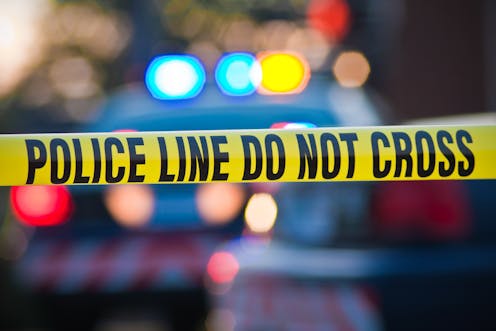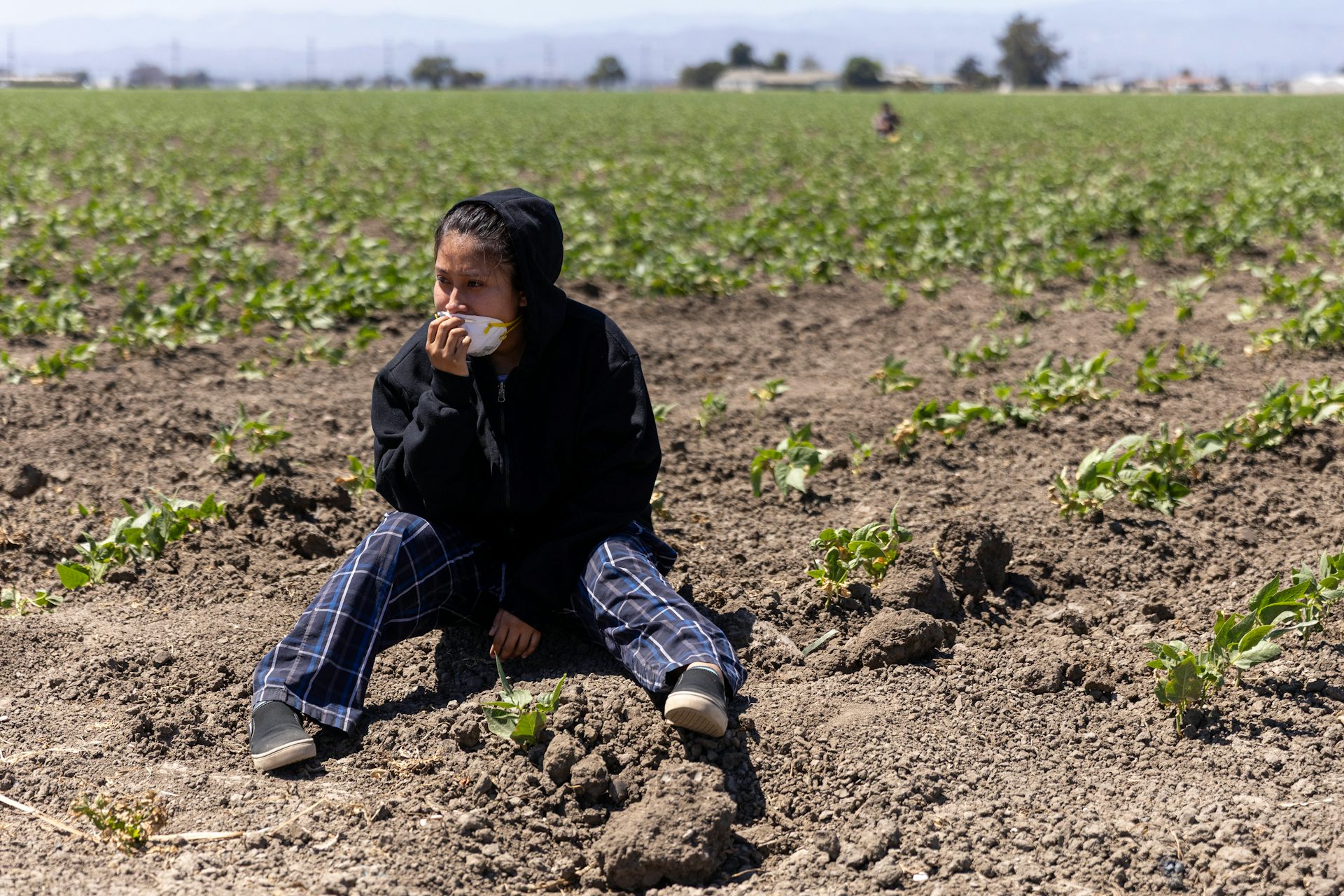What the latest FBI data do and do not tell us about hate crimes in the US
There's still far too much we don't know about hate crimes in the US – and that affects how we study and enforce these crimes.

This November, the FBI released its annual report of hate crimes for 2016, showing that in Trump’s America, Muslims experience a greater risk of violence.
The FBI defines hate crimes as “a traditional offense like murder, arson or vandalism with an added element of bias.” Overall, the FBI data show that the rates of reported hate crimes in the U.S. have gone up slightly. But other evidence suggests that the actual number of hate crime incidents is likely even higher.
As a researcher who has studied the white nationalist movement for over a decade, I’m not surprised to see that hate crimes are up. But there’s still far too much we don’t know about hate crimes in the U.S. – and that affects how we study and enforce these crimes.
Increased rates
So what do the new FBI crime stats tell us? Rates of reported hate crimes based on sexual orientation have remained fairly stable, while rates of race-based crimes have gone up slightly.
The most significant increases in reported hate crimes targeted individuals based on their religion. Religiously biased hate crimes increased by almost 20 percent since 2012.
Since 2013, there has been more than a 10 percent increase in anti-Jewish hate crimes, and the rates of reported hate crimes against Muslims has more than doubled.
Other studies point to an increasingly hostile climate for religious and racial minorities. The Anti-Defamation League’s annual Audit of Anti-Semitic Incidents found a significant spike in anti-Jewish incidents in 2016, a 34 percent increase since 2015. Almost a third of all incidents occurred in November and December. The audit found an 86 percent surge in anti-Jewish incidents in the first quarter of 2017.
Similarly, the Southern Poverty Law Center (SPLC) and ProPublica documented 1,372 incidents of bias in the first three months after the presidential election.
What’s behind the data
A variety of white supremacist groups saw a membership and readership surge during the 12 months preceding the election, with a significant number of white nationalists linking themselves to the Trump campaign on social media. It’s not possible to link a rise in hate crimes directly to any particular candidate or policy issue, but the rise in white supremacist activity during the presidential campaign indicated that hate crimes would also likely go up after the election.
White supremacist activity online is often associated with offline violence. A Southern Poverty Law Center report traced 100 murders to one white nationalist website alone.
A report published in 2012 by the Combating Terrorism Center at West Point found that, since 2001, the U.S. has seen an average of 300 murders per year by members of the far right.
Holes in the data
However, we also need to ask what these statistics fail to tell us.
The Department of Justice found that between 2004 and 2015, there were closer to 250,000 hate crime incidents per year, far more incidents annually than reported by the FBI data.
Unlike the FBI, the DOJ includes hate crimes that were not reported to police and defines hate crimes based on victim perception, not on what law enforcement agencies determine. According to the DOJ report, only 41 percent of hate crimes are reported. Of those reported, only 10 percent are then confirmed by law enforcement investigators as hate crimes.
What’s more, this year’s FBI report states that 15,254 law enforcement agencies out of an estimated 18,000 participated in the Hate Crime Statistics Program. Almost nine out of 10 of these agencies failed to report a single hate crime instance in their jurisdiction.
In fact, the percentage of agencies reporting no hate crimes has actually gone up slightly since 2012.
This tells us how much remains unknown about the actual extent of hate crimes in the U.S. The fact that only 12 percent of law enforcement agencies report any hate crimes shows a need for increased dedication to actually documenting these incidents. Fewer agencies reporting hate crimes may sound on the surface like a good thing – but the evidence from the DOJ report suggests that these agencies are likely just failing to report the hate crimes that do occur.
The FBI needs to ask why the majority of law enforcement agencies are failing to report hate crime data. Is this an issue of lack of collection, lack of reporting, lack of interest or something else? Even many federal agencies, which are legally required to report hate crimes data to the FBI, fail to do so.
The problem with not documenting hate
Lack of reporting leads to incomplete data on the extent of the problem of hate crimes. Lack of reporting is also linked to lack of enforcement. The DOJ study found that violent hate crimes reported to police were “nearly three times less likely” to result in an arrest than violent nonhate crimes reported to police. This indicates a much larger problem with enforcement.
Given what I see as a the lack of federal attention to hate crimes, it is thus important that other entities work to document hate crimes, such as the SPLC/ProPublica project.
Although the FBI’s data are likely inconclusive on the actual number of hate crimes, they do point to a troubling trend that hate crimes appear to be on the rise and remain vastly undocumented and unenforced.
Without accurate federal data on hate crimes, we cannot know if federal and local law enforcement agencies are addressing the needs of all of their constituents. This is crucial, particularly given that the DOJ study shows that law enforcement agencies often fail to adequately prosecute perpetrators of hate crimes.
Failure to record hate crimes leaves us guessing at the causes of the rise in anti-Muslim violence we’ve seen in the past year.
Sophie Bjork-James does not work for, consult, own shares in or receive funding from any company or organization that would benefit from this article, and has disclosed no relevant affiliations beyond their academic appointment.
Read These Next
Drones, physics and rats: Studies show how the people of Rapa Nui made and moved the giant statues –
The mysteries of Easter Island, subjects of speculation for centuries, yield to scientific inquiry.
As US hunger rises, Trump administration’s ‘efficiency’ goals cause massive food waste
Despite the administration’s claim of streamlining the government to make its operations more efficient,…
A year on, the Israeli-Lebanese ceasefire looks increasingly fragile − could a return to cyclical vi
Since the start of the truce on Nov. 27, 2024, there have been thousands of Israeli violations inside…





